There are tons of cool things in Japan you’ll want to see and do.
One reason why so many travelers want to visit this fascinating island nation is that it is such a unique travel experience with its ancient culture and history juxtaposed with ground-breaking technology.
That comparison is one of the most interesting things about Japan. If you love reading cool stuff about Japan, read on.
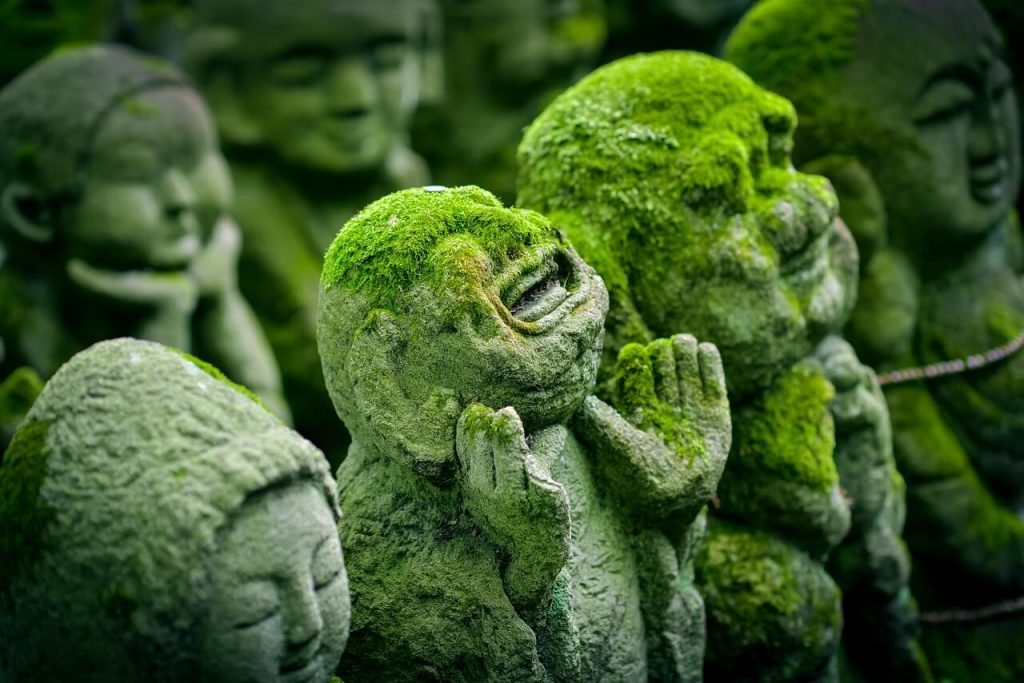
We have curated a list of 27 cool things in Japan you must see and do. Some you may recognize, and others you may not, but you’ll enjoy them all. And to travel to them all, make sure to have your Japan Rail Pass with you at all times. The JRPass is the cheapest and most convenient way to travel around Japan.
27 COOL THINGS IN JAPAN YOU MUST SEE
Table of Contents
ToggleMount Fuji
Visiting Mount Fuji is one of the coolest things to do in Japan. You need to include this visit in your itinerary to Japan!
It’s a perfect, painting-like mountain. There are multiple places that you can visit if you want to admire Mount Fuji, namely Lake Kawaguchiko, Lake Yamanaka, Lake Saiko, Lake Motosu and Lake Shoji.
One spot that you’ve probably seen on countless of photos is the Chureito Pagoda. From here you have an excellent view of the photogenic pagoda and Mount Fuji as a backdrop.
Another fantastic spot is Iyashi no Sato, the site of a former village on the western shores of Lake Saiko.
Here they reconstructed the traditional houses with thatched roofs. Another possibility is to visit Mount Fuji between April and May and go to the Fuji Shibazakura Festival, a beautiful flower festival.
If you’re more adventurous, you can even climb the mountain. The official season to do this is between July and September. It’s a sacred mountain, so many people make a pilgrimage to the top.
This means it can get pretty busy, and it’s even been called one of the most climbed peaks in the world!
One thing to consider is that it’s not always possible to see Mount Fuji due to clouds and low visibility.
So, always check the weather to make sure you pick the best day and have the highest chance of actually seeing this gorgeous mountain.
This impressive mountain is definitely one of the cool things in Japan you must see.
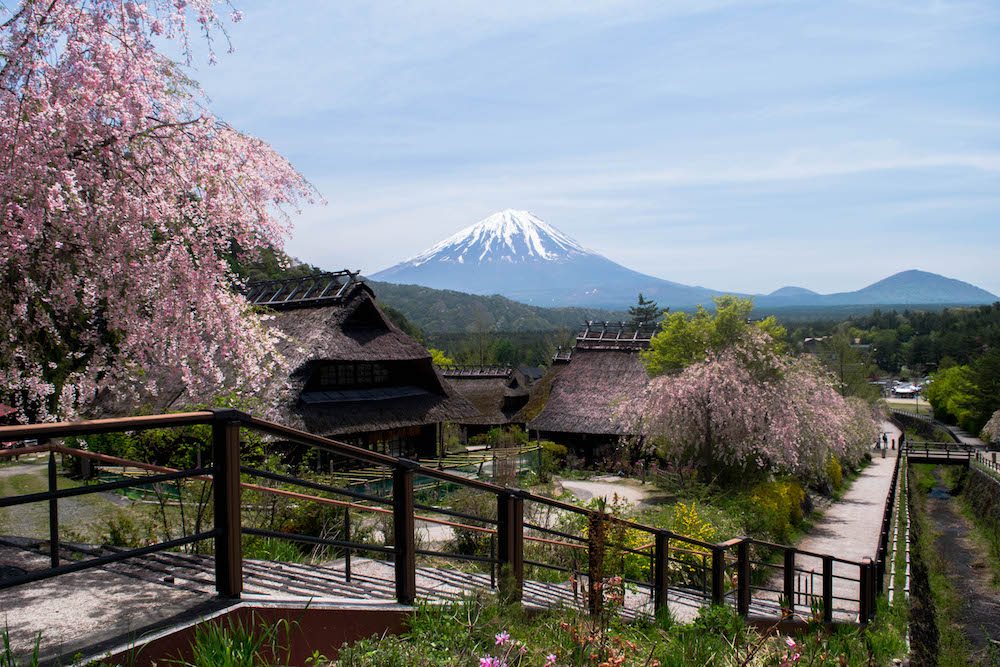
Jeffrey and Lisanne blog at Chapter Travel.
Nara Deer Park
Nara Deer Park was a strange experience, but one of the more fun ones I had in Japan and one of the unusual attractions you can only do in Japan.
A short train ride from Kyoto, you’ll find the town of Nara and its famous deer park. The deer roam around among the people and temples waiting for their little deer biscuits.
For around 500 Yen, you can get a small bundle of biscuit cookies for the deer.
Once you have those, you’ll be the most popular person there (with the deer at least). All you have to do is hold out a biscuit, and the deer will flock to you.
Just be careful! They can get a little aggressive and will tug on purses, backpack straps, and even loose clothing. Don’t forget, they are still wild deer.
After you’re done feeding the deer, take a walk around the rest of the park and admire the temples and the solitude outside of the main walkway.
There will be the occasional stray deer that may follow you, but far fewer people.
Also, if you hold out a biscuit but don’t give it to them right away, they will bow to you.
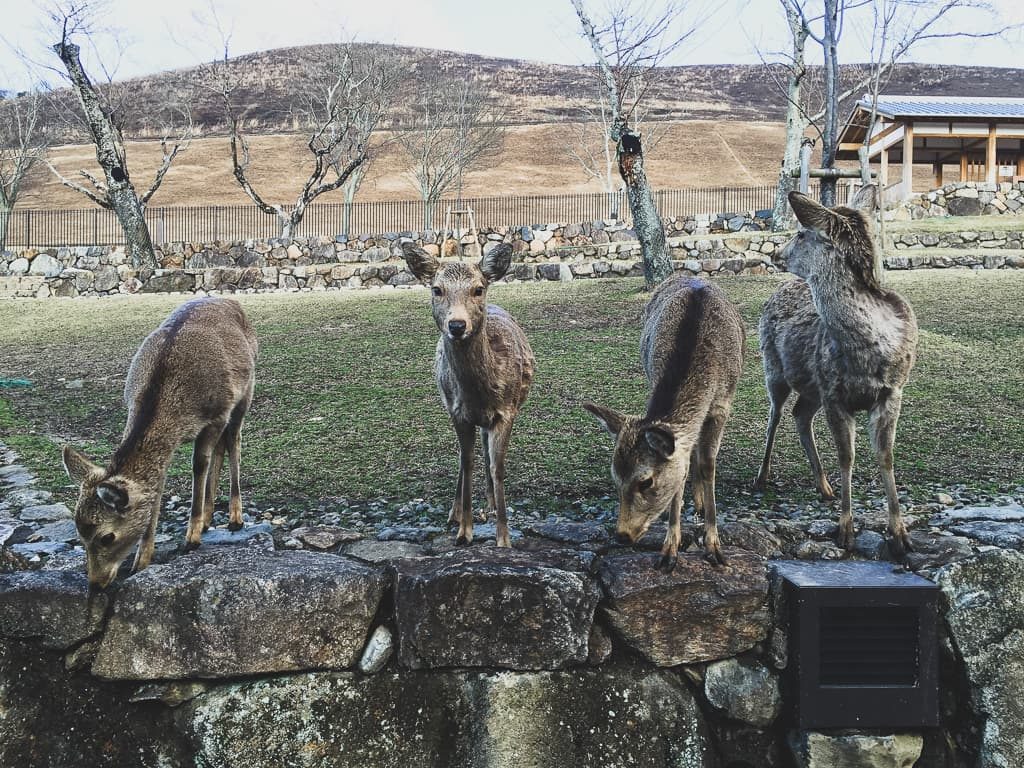
Megan Johnson blogs at Red Around the World.
Making Plastic Food – Yamato Sample Factory
Japan is full of cool things to do, but one of the things we loved most was making a plastic food sample at the Yamato Sample Factory. This is one of the crazy fun things you can do in Japan,
If you’ve ever been to Japan, you know that most restaurants have plastic or wax samples of their food on display. They’re mostly very realistic and in actual size.
There are many options for different foods to make. We chose the simplest, the parfait ice cream sundae as we have a small kid. It took us around an hour to make our own perfect keychain sized parfait.
Next time, we’re choosing something more complicated, like the ramen.
It was an awesome experience! One of the top cool things about Japan to experience.
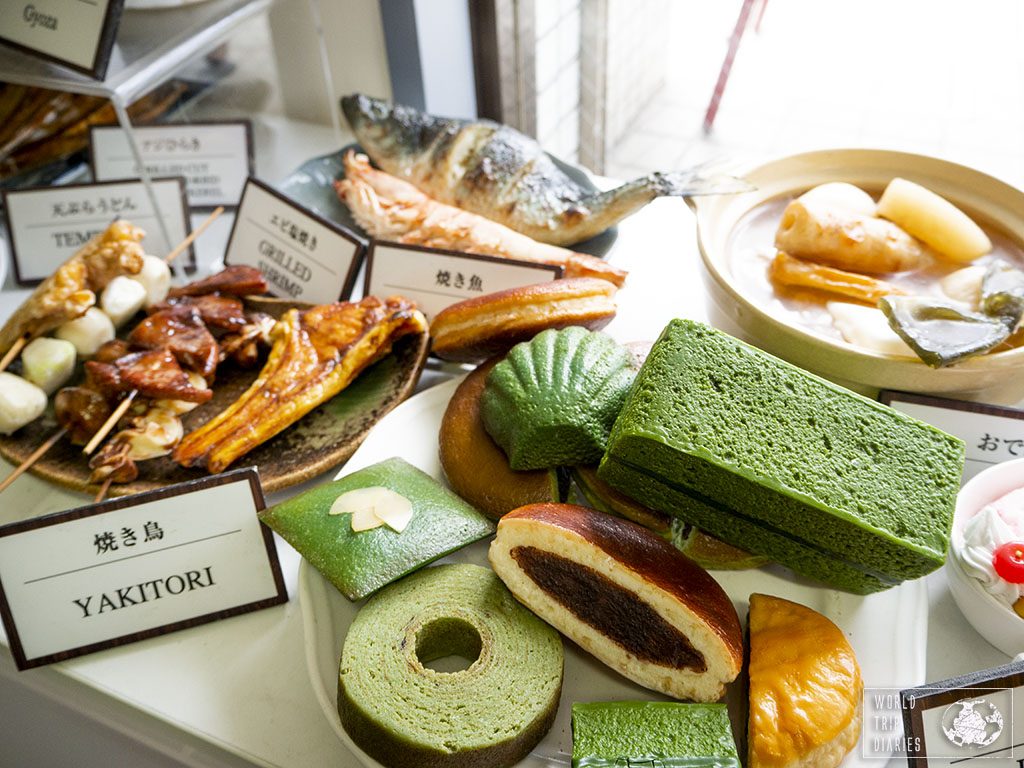
Thais Saito blogs at World Trip Diaries.
Capsule Hotels
If you think of Japan, then those cool sleeping pods made famous by Japanese businessmen must spring to mind.
This is another one of those unique things in Japan. If you’re looking for the ultimate Japanese sleeping experience, then you have to try a capsule hotel, even just for one night.
It might not be luxury 5-star accommodation, but it’s certainly a memorable night’s sleep (and don’t panic…it’s not quite as claustrophobic as it looks!)
In Kyoto, I stayed at Nine Hours capsule hotel. As with everything in Japan, they have a highly efficient system for checking in, complete with a corresponding locker and pod number plus some sexy slippers.
Each pod had a blind that you could pull down for privacy.
I had a great night’s sleep, although it might have had something to do with the Japanese whisky the night before!
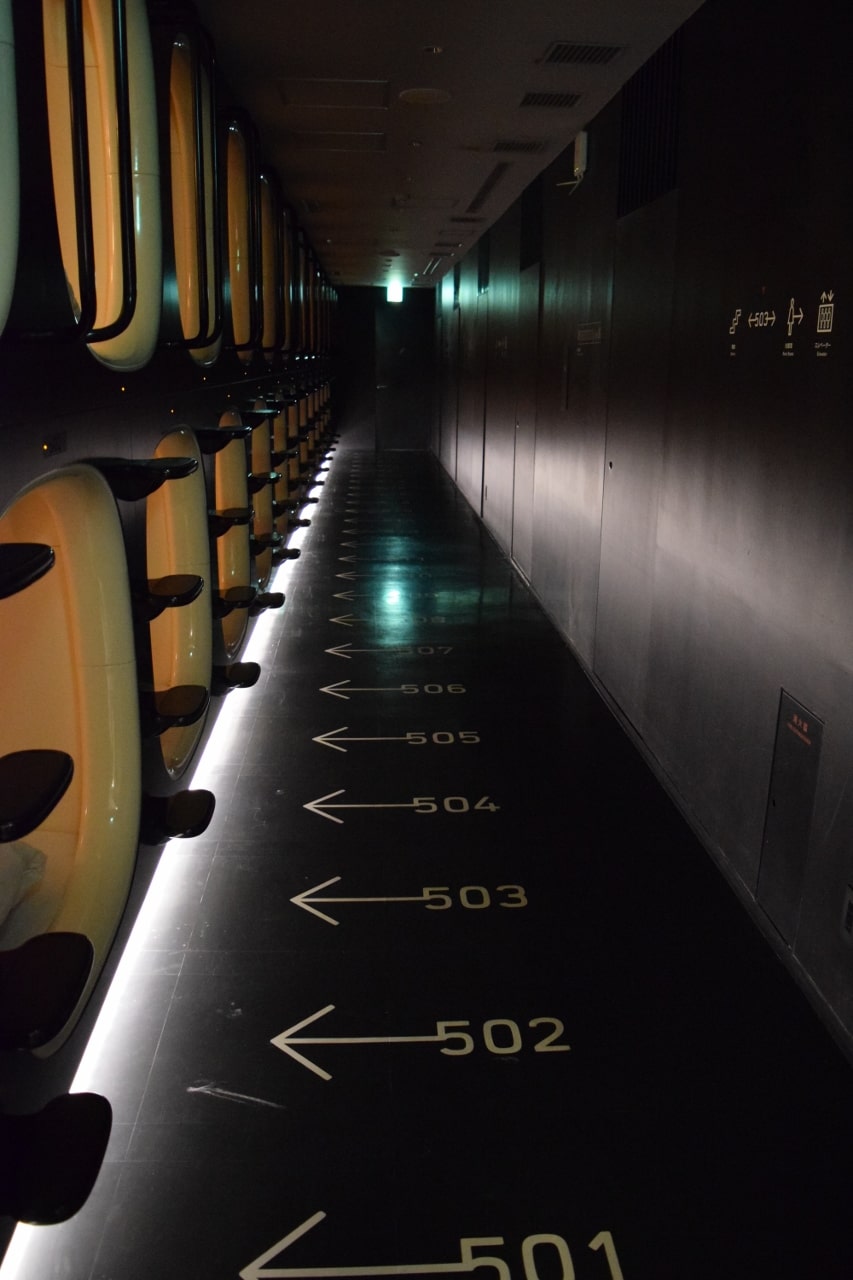
Becky blogs at Becky the Traveller.
Castles
Often perched high above a modern metropolis, Japan’s many beautiful castles hark back to the days of shogun and samurai.
Originally built as military and administrative headquarters, many towns and cities – including Tokyo – developed around such castles.
Many of Japan’s castles share an architectural style that is unmistakably Japanese.
Glistening white in colour and highly ornate, the palace buildings and dominating central tower are protected by equally elaborate guard towers and commanding entrance gates.
The palaces and their grounds are commonly encased within a huge moat for added protection.
A number of Japan’s remaining castles were painstakingly restored following the Second World War.
Yet there are twelve original castles in Japan that managed to escape war damage whilst also avoiding the natural disasters that regularly affect Japan.
Perhaps the best known and most magnificent of Japan’s original castles is Himeji, which stands today as it did when it was built in 1609. These castles are truly one of the cool things about Japanese culture that I love.
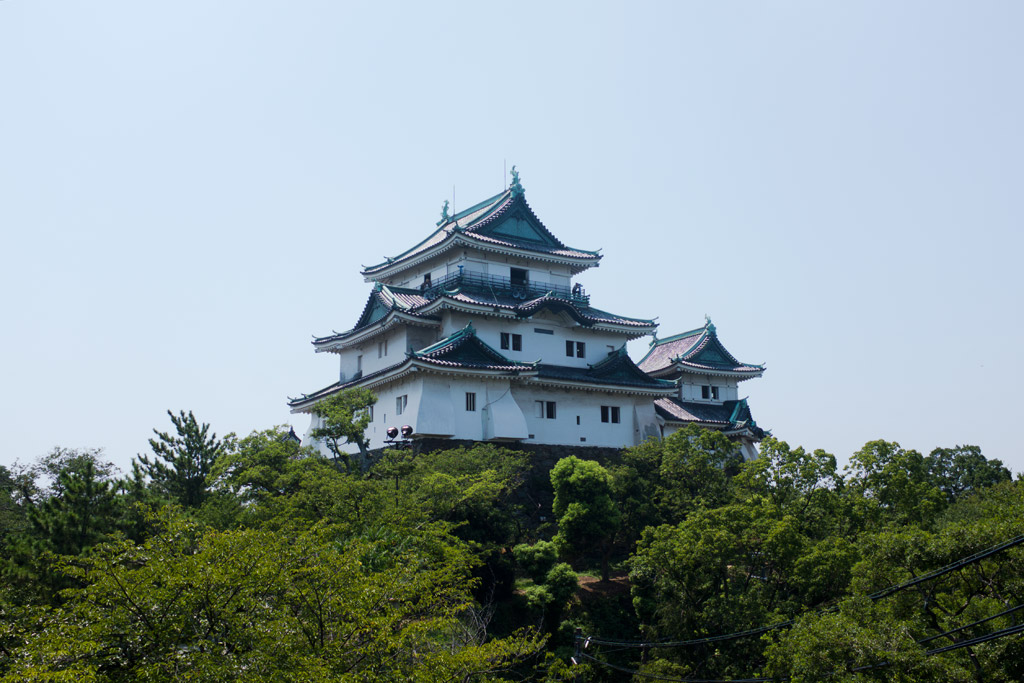
Shibuya Pedestrian Crossing in Tokyo
Shibuya Pedestrian Crossing is the world’s busiest and is a must-see if you’re visiting Tokyo.
Featured in countless films, over 2,500 people cross at every change of lights during peak times – but we never saw any collisions. It just seems to work!
The best time to visit the crossing is at night when the surrounding neon billboards are lit up. It’s like Tokyo’s version of Times Square.
Friday and Saturday nights are the busiest times, particularly when a metro train has just pulled into Shibuya station. The best spot for an aerial view of the crossing is from the Starbucks on the second floor of the Q building – but get there early to grab a seat.
If you’re looking for cool places to stay in Shibuya, check out this list of both traditional and modern hotels in Shibuya.
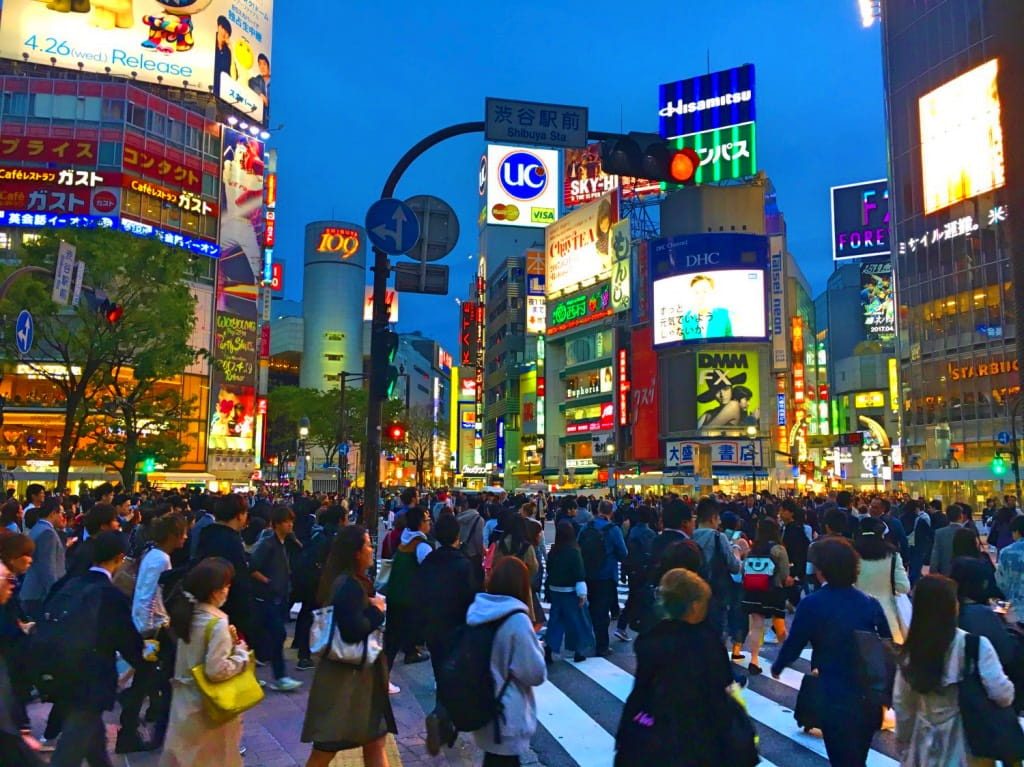
Kylie Gibbon blogs at Our Overseas Adventures.
Cat Cafés
Cat cafés originated in Taiwan. Recently, similar cafés have been popping up in other countries, but the only country where it really blossomed and became part of a tradition is in Japan.
Being big cat lovers and keen on getting to know Japanese culture, we immediately went looking for a cat café.
Unfortunately, once we were there, it was a bit disappointing. We were pretty excited to say hi to the cats, but the same could not be said for the cats themselves.
They walked away, uninterested, to hide. Only when the owners of the café came in, they went to them to be petted.
Still, we don’t regret our visit as it turned out our mental image of a cat café was completely wrong.
Those cats actually live in small palaces, and we were glad we could spend some quality time in their daily habitat.
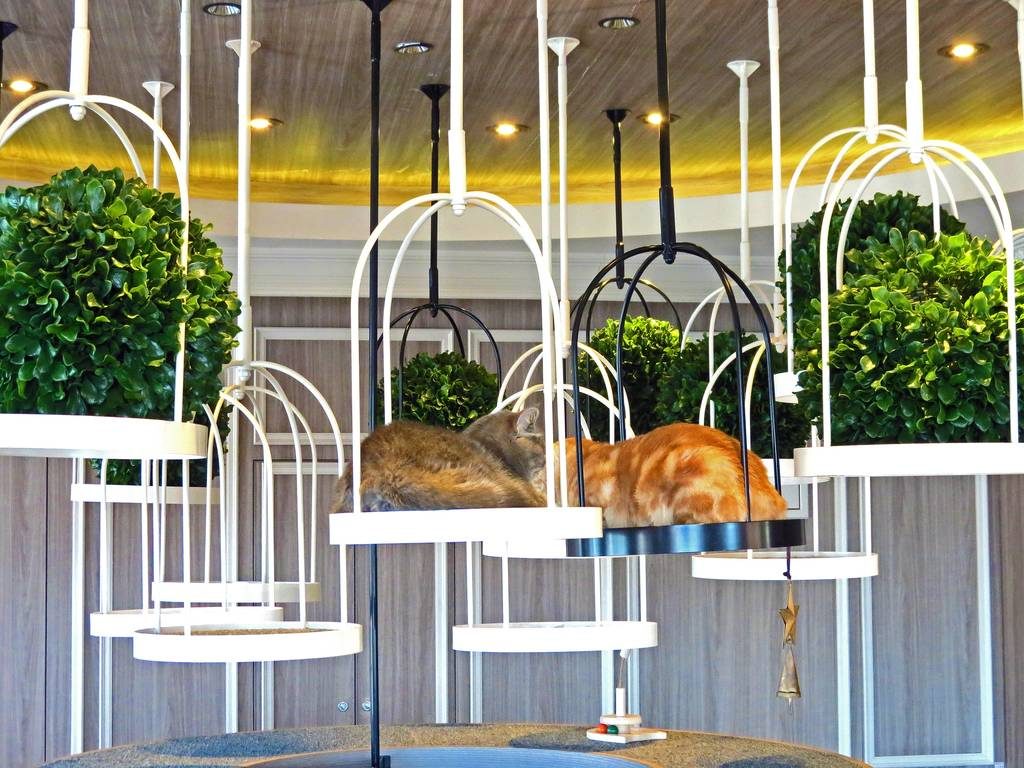
Sylvia Van Overvelt blogs at Wapiti Travel.
Okunshima
Okunoshima is definitely the most unique place I visited during my month-long stay in Japan.
The island is located in the Inland Sea of Japan, not far from Hiroshima. It is also known as also known as Rabbit Island because it’s home to thousands of cute and cuddly rabbits. They will jump all over you looking for treats as soon as you get off the ferry.
However, this island also conceals a dark secret – it used to be home to a poison gas factory, a top-secret location where the gas that was used to kill thousands of people during World War 2 was made.
Many believe that the rabbits are the offspring of the ones used for testing, but in fact, they were introduced to the island much later, in an attempt to exorcise its “dark past”.
I recommend learning about Okunoshima and visiting the poison gas museum before visiting, because this island is not just about cute rabbits – even though the bunnies alone are a reason to visit!

Margherita Ragg blogs at The Crowded Planet.
Torii
In any collection of most iconic images of Japan, you will find the bright red archways known as torii, either standing alone or lined up in avenues that you can walk through.
Torii are a shinto tradition, used to mark the transition between the profane and the sacred, hence they are usually found at the entrances to Shinto shrines.
Passing through the archway is a reminder that you have moved from the ordinary world into the home of the kami (spirits).
As is often the case, the traditions and icons of different faiths have blurred over time, such that you will often find torii at Buddhist temples as well, but not in such great numbers.
One of the best places to see torii is Kyoto’s Fushimi Inari-taisha, a large and grand Shinto shrine to Inari, the kami (spirit) of fertility, rice and industry.
A popular way to give thanks to Inari is to donate a torii to the shrine, each one bearing the name of the donor in black text painted onto one of its pillars.
The vivid red gates are lined up along trails behind the main shrine and are so numerous that they form long, winding avenues up the hillside.
Another popular torii to visit is the “floating torii” of Itsukushima Shrine, at Miyajima. It appears to be floating at high tide since it is built out on the water. At low tide, you can walk out across the sand to visit.
Where to stay in Kyoto, Japan City Center.
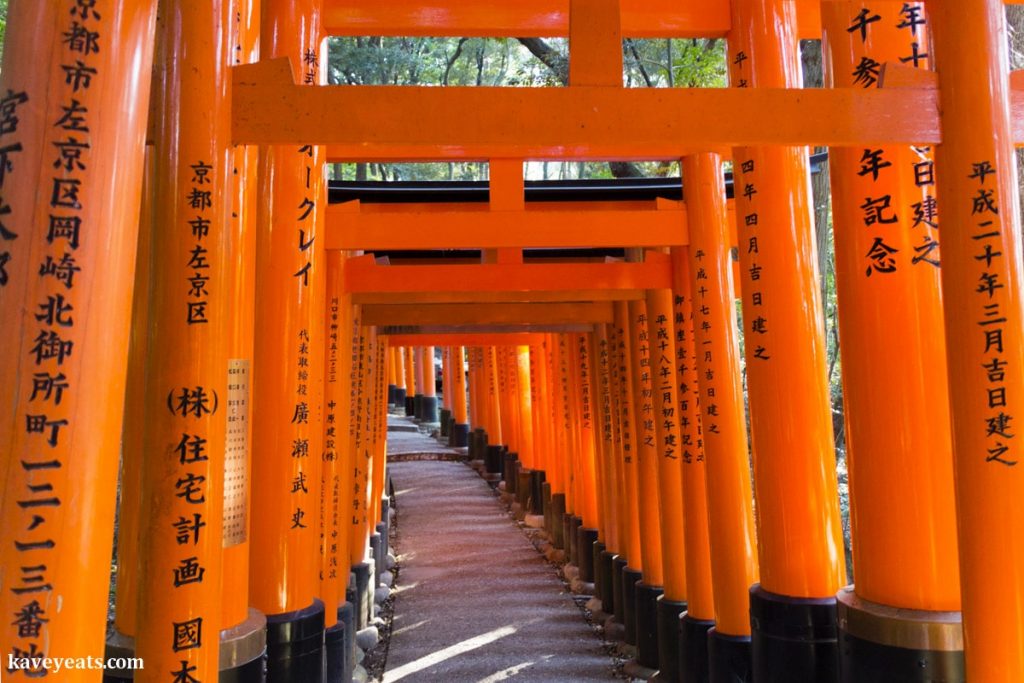
Kavita Favelle blogs at Kavey Eats.
Traditional Japanese Gardens
Garden design in Japan is an art form, held in equal regard to other art forms such as calligraphy, ikebana and tea ceremonies.
They are one of the beautiful things about Japanese culture. Japanese gardens are universally acknowledged for their tranquility and beauty.
A visit to Japan would be incomplete without a visit to one of these perfectly designed spaces.
Recognizable elements include water, rocks, sand, bridges, lanterns, water basins and of course meticulously manicured plants. Each component is carefully selected and arranged to produce a miniature representation of nature that is a joy to visit.
Examples of this ancient art form can be found all over Japan, but Kyoto has a high concentration of stunning gardens to explore.
Our favorite gardens in Kyoto are Ryoan-ji Temple for its dry Zen garden, Kinkaku-Ji (Golden Temple) and the stroll garden at Tenryu-Ji Temple pictured here.
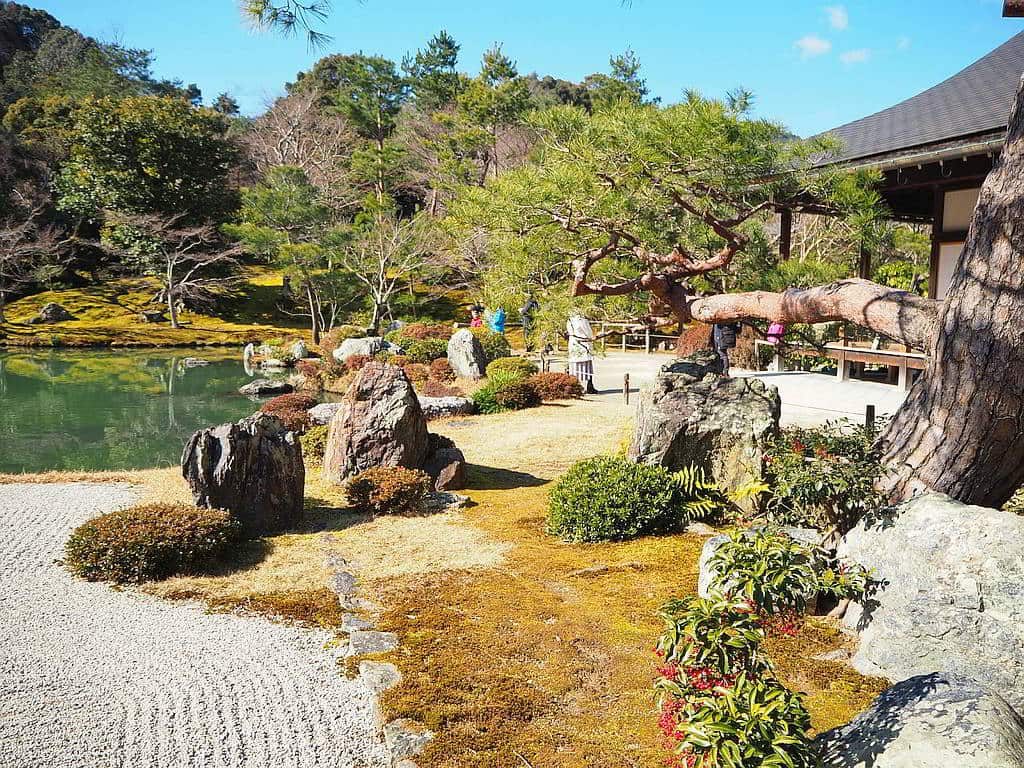
Rachel Rodda blogs at Adventure and Sunshine.
Vending Machines in Japan
One of the most interesting things about Japanese culture is that you will see vending machines everywhere. Now if you’re thinking, “how can that be interesting if they sell drinks and snacks everywhere?” But it’s not just drinks and snacks — it is everything! One of the coolest things in Japan!
You can find hot noodles, fresh popcorn, socks, canned carrots, iPhones and anything technology-related. Have you bought earphones in a vending machine before?
One of my favourite things to try is the array of different cold and hot drinks you can find in a vending machine.
I would suggest trying Pocari Sweat, which is a Japanese sports drink like Gatorade. And then I would just pick something random to try!
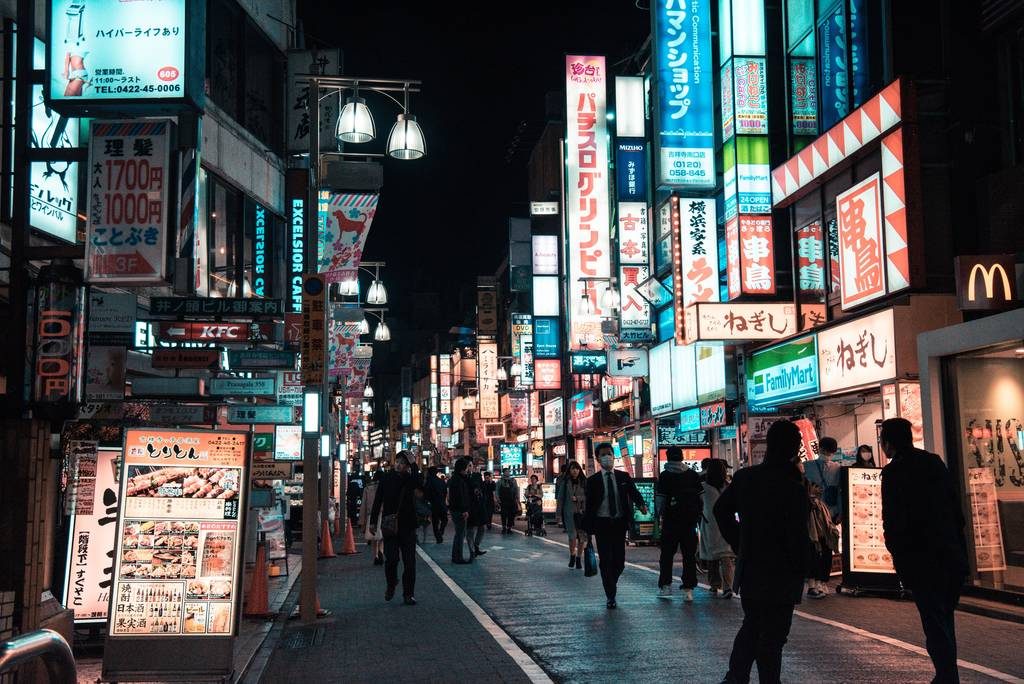
Nicole LaBarge blogs at Nicole LaBarge.
Japanese “Love Hotels”
Japanese “Love Hotels” are among the stranger and more unique accommodation choices out there (and yes, they are what you think they are).
They’re aimed at couples and “romantic” backpackers who want to escape the shared dorm rooms and paper-thin walls of hostels and are after a more intimate and private experience.
Pick your room and choose from one of many cool themes including Godzilla, Titanic and countless more.
As well as amazing themes, rooms often come with a nice range of bonus features including jacuzzis, rotating beds and even complimentary condoms!
While this type of accommodation may not be for everyone, it’s a perfect example of what makes Japan’s culture truly unique and special.

Jamie Campbell blogs at Gaijin Crew.
Ryokan Hotels
With any visit to Japan, I will organise at least one stay at a Ryokan, a hotel built around “onsens” baths, with the water sourced from surrounding hot springs.
These hotels are more than just communal hot spring water baths, it’s like a package of uniquely Japanese experiences.
The hotel guestroom will often be kitted out with heated tatami flooring and partitions, with a short-legged table and floor seats in the center of the room, to sit and swig on some green teas.
In the closets will be traditional kimono garb, which is often expected to be worn around the grounds of the ryokan hotel.
Then, of course, there is the food, where multi-course “kaiseki” meals are included most ryokan stays, with meals set with all sorts of unusual Japanese bites, as well as the traditional favourites of sushi, sashimi, tempura, and maybe a tabletop hot pot or barbecue.
While at a Japanese ryokan onsen, make sure to learn about the proper etiquette for newbies visiting a spa in Japan.
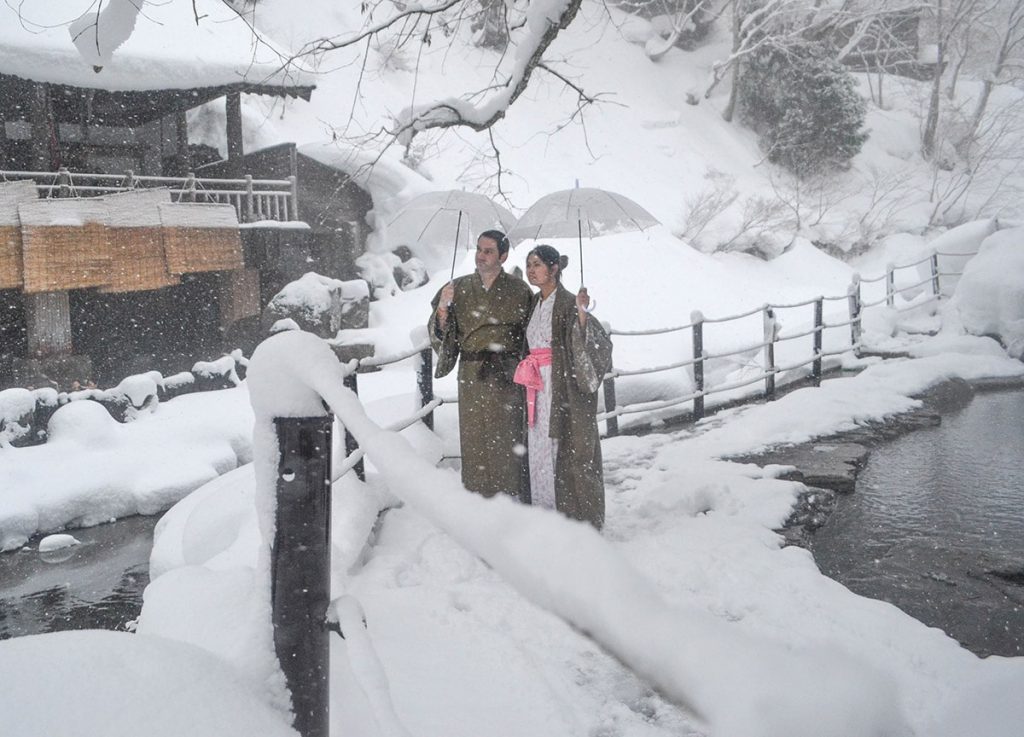
Allan Wilson blogs at Live Less Ordinary.
Samurai Warriors
Samurai warriors are a Japanese icon with a very interesting and powerful history.
They were so influential in their support of the Shogunate (military dictator) that the emperor himself had less control over the state of Japan than the leaders of the Samurai.
Before rising to power in the 12th century, the Samurai were from a powerful military caste and developed into provincial warriors before expanding their reach into all of Japan.
These warriors of Japan governed the country from 1185 and held some military power until the Shogun (highest status for a Samurai) handed power back to the Emperor in 1868.
The Samurai’s ancient code can still be seen today throughout modern-day Japanese culture.
With a strong sense of honor and discipline, or “bushido” as the Samurai called it, by spending just a short amount of time in Japan, seeing this trait isn’t hard to see ingrained in Japanese society.
The history of the Samurai is extensive and intriguing.
The best way to experience the life of a Samurai today is by visiting a museum, like the one in Shinjuku, Tokyo.
Not only do they have displays of Samurai armor dating back 800 years, they also teach the stories behind the warriors that wore them.
You can also come face to face with the weapons of the time.
Even though two swords were carried by Samurai, only very rarely were both used for combat. The second, smaller sword was used to commit suicide, or “Hari-kari”. This was to restore honor for the Samurai defeated in battle.
Guns were also used by the later Samurai after they were introduced by the Portuguese.
The samurai history are among Japan’s most iconic historical figures.
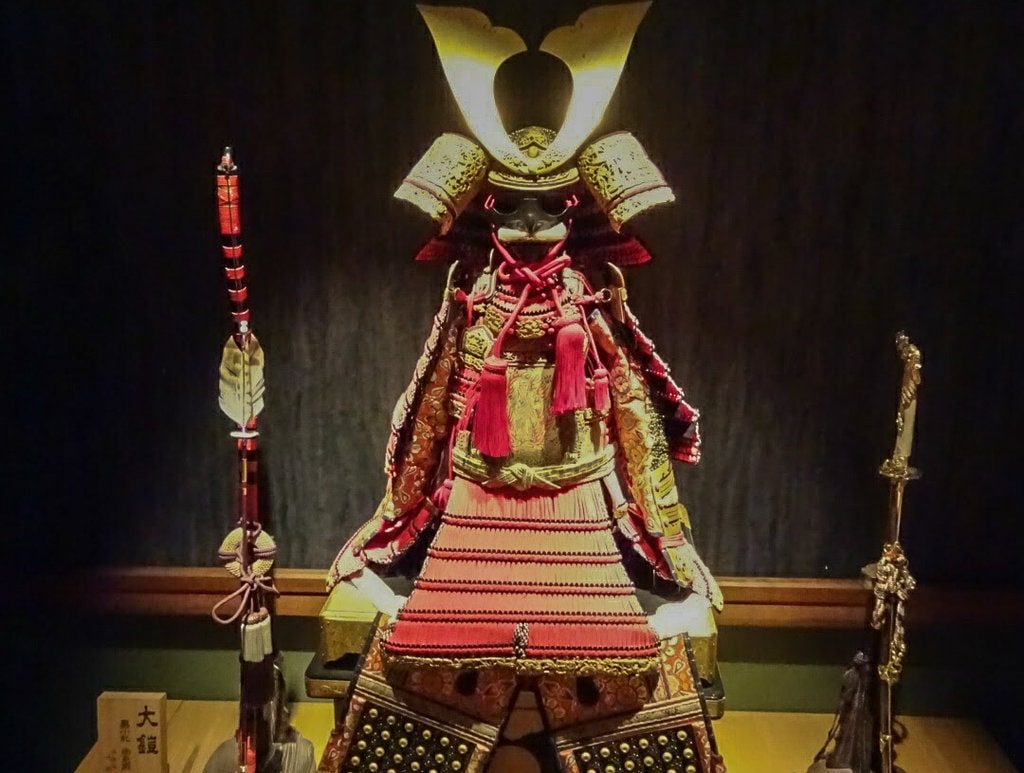
Ben McLaughlin blogs at Horizon Unknown.
Sushi
There are tons of cool places to eat and drink in Japan.
When you think of Japanese food, the first thing that springs to mind is sushi.
These delicate, bite-sized morsels are an icon of Japan, and while they are copied around the world, nothing compares to the real thing.
In Japan, sushi is very simply vinegared rice with fish or vegetables. It is the detail and precision that goes into making it that is truly special.
Sushi making is an art that is studied and practiced for years. From Michelin starred restaurants to the most humble sushi bar, sushi chefs take extreme pride in the work – using the freshest ingredients and precise preparation.
Japanese sushi is delicious and a must-have experience when you visit Japan.
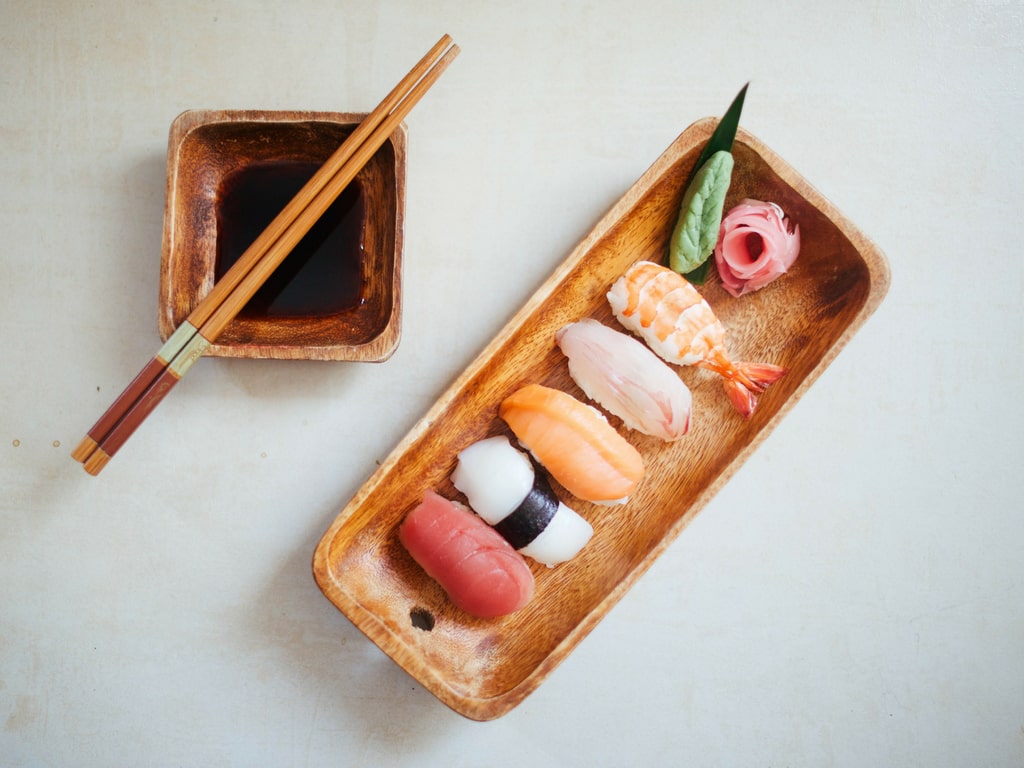
Katy Clarke blogs at Untold Morsels.
The Japanese Snow Monkeys
The Japanese macaque monkeys – also known as the Japanese snow monkeys – that live just outside the town of Shibu Onsen are truly unique.
They are the northern-most monkeys in the world and they’ve found a fascinating way to stay warm in the colder months.
The Japanese onsen baths are an important part of Japanese culture, but there is one area where the baths are used by monkeys too.
That’s at Jigokudani Monkey Park, a must-visit if you want to see the Japanese snow monkeys bathing in hot springs with your own eyes.
It’s an unforgettable experience and well worth the slightly long journey to get there.
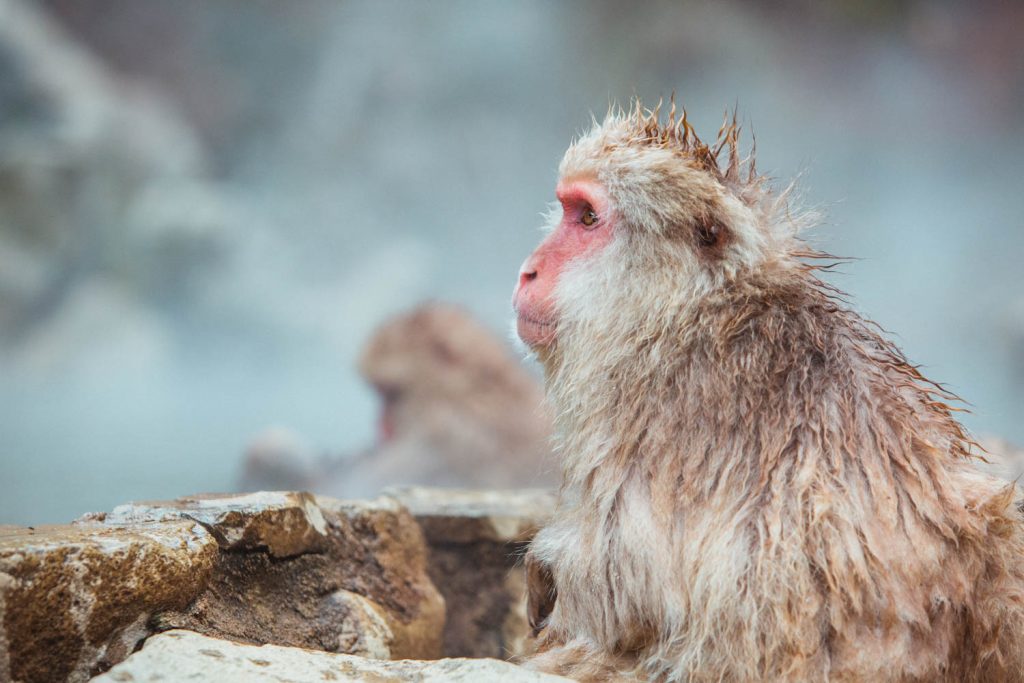
Jodie Dewberry blogs at Ala Jode.
Sumo Wrestling
Watching sumo wrestling is one of the most unique things you can do in Japan.
Sumo is considered Japan’s national sport and watching it is an interesting cultural experience with many rituals and traditions.
There are ring entering ceremonies and each match starts with an elaborate ceremonial ritual which includes singing, salt-tossing and foot stomping – in fact the actual wrestling is the shortest part of a match.
Professional sumo tournaments lasting fifteen days each take place six times a year in four cities in Japan.
If you can’t attend a professional tournament but still want to watch sumo wrestling, you can visit a sumo stable (where the wrestlers train and live) to watch a morning practice session.
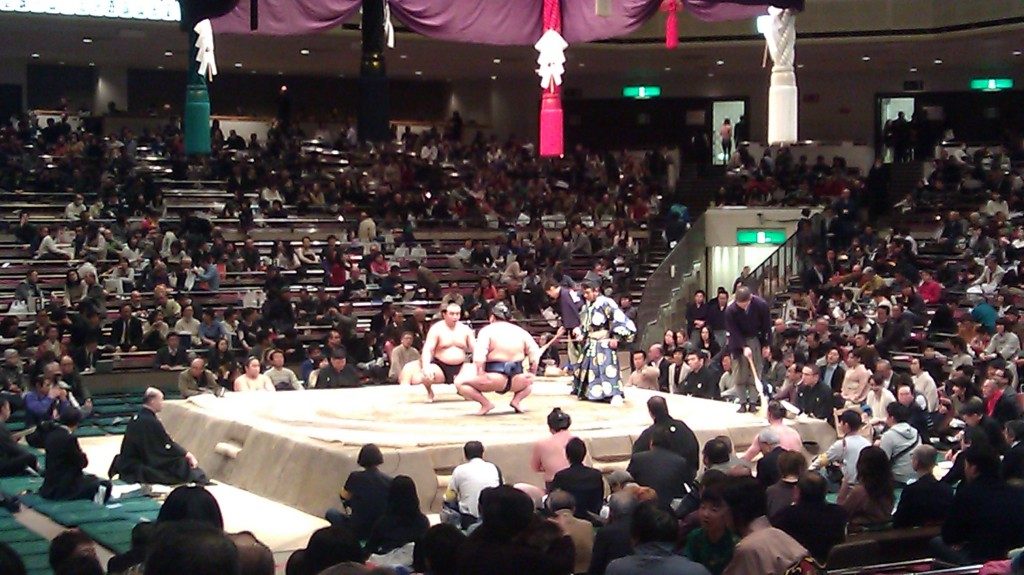
Matilda blogs at The Travel Sisters.
Daibutsu (The Giant Buddha)
Located a stone’s throw from Tokyo, one of my favorite sites in all of Japan is the Daibutsu, aka the Giant Buddha.
I’ve spent almost a year exploring Japan over several different trips (including living in a Buddhist monastery for half a year (and hitchhiking around Okinawa) and one site I constantly return to is the Giant Buddha in Kamakura.
This bronze statue of Amida Buddha dates back to the 13th century and used to sit inside a temple. The statue is almost 14m tall and hollow, which means you can even step inside of it for an interesting perspective.
Over the years, the temple was damaged by fires and floods, and eventually, the Buddha was left to sit outside in the open air.
With Buddhism having such strong ties to Japan, this makes for a great day trip from Tokyo to help get a better understanding of the country’s religious roots.
You can reach Kamakura in about 90 minutes from Tokyo by train and admission is 200 JPY per person.
The temple is open daily from 8am-5: 30 pm, but try to get there early to beat the crowd (you might be able to get a photo without people in the background if you get there first thing in the morning).
No trip to the Land of the Rising Sun is complete without seeing this massive Buddha statue, but while this place is Instagram gold, please remember that it is a religious site so you should dress and behave accordingly.
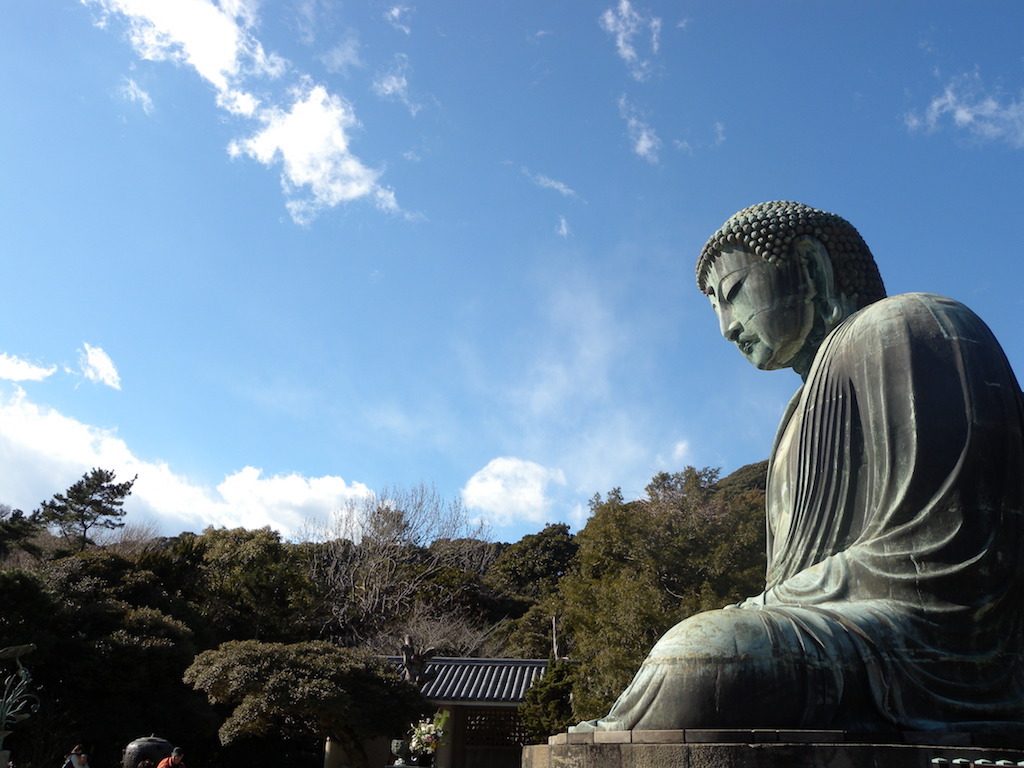
Decorated Manhole Covers
Japan is one of those places that will blow you away for many different reasons – from the world-class culinary delights and super-efficient transport and technology to stunning natural scenery and beautiful places of worship, there are tons of interesting things in Japan.
One of my favourite reasons why Japan is a stand-out nation to visit is due to the high level of attention to detail and care that goes into pretty much everything.
Where else in the world would a usually unexciting item like a manhole cover be transformed into something exciting and aesthetically pleasing?
As you walk the streets of this island nation, don’t overlook what’s under your feet!
Each municipality in Japan has its own unique design adorning the manhole covers (drain covers) you’ll see on the city streets, some of them colourfully painted.
I especially loved the designs in Osaka, with the city’s castle proudly featured. Add these to your Osaka itinerary and be sure to hunt them down and add them to you list of cool things in Japan!
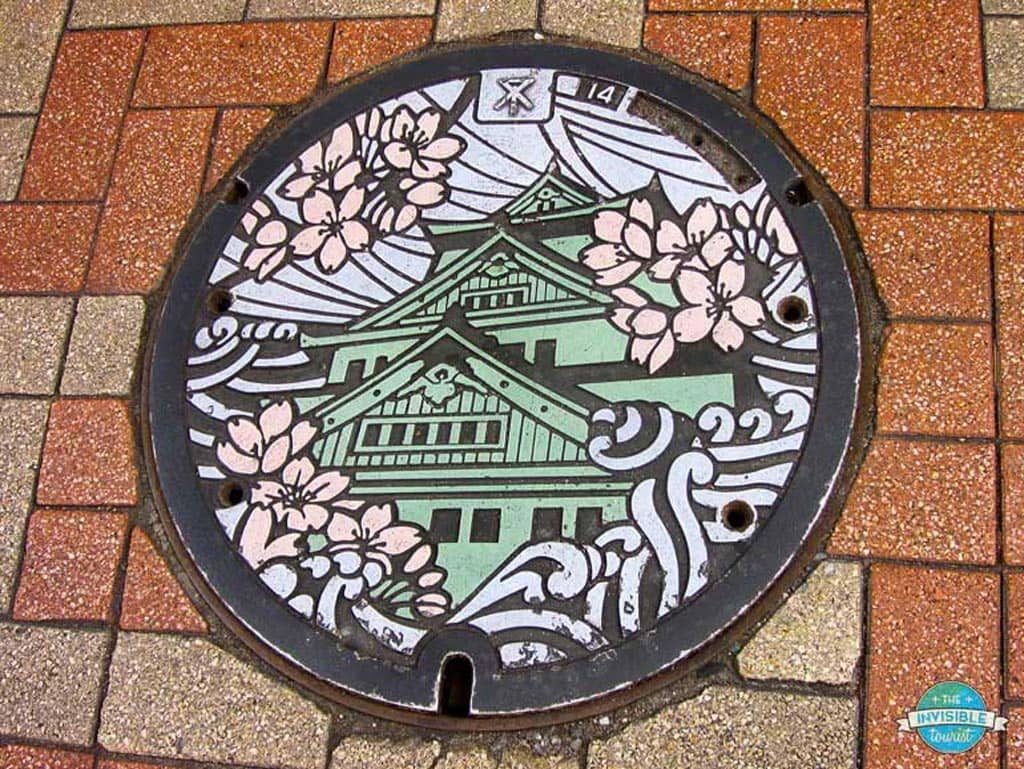
Alyse blogs at The Invisible Tourist.
Shinkansen
Its unique form and incredibly fast speed make the Japanese Shinkansen a staple of the country and of modes of transportation in general.
The famous bullet train connects regions all over the country – there are almost 3000km of lines today and maximum speed can reach 320km per hour.
Another thing that makes the Shinkansen stand out is its comfort and punctuality! Organization is a big part of Japanese culture and you can see it in action when traveling by using these trains.
These trains are certainly one of the coolest things about Japan.
If you want to try the Shinkansen, consider buying a Japan Rail Pass on your trip to Japan. The pass is a very cost-effective way for visitors to explore the country!
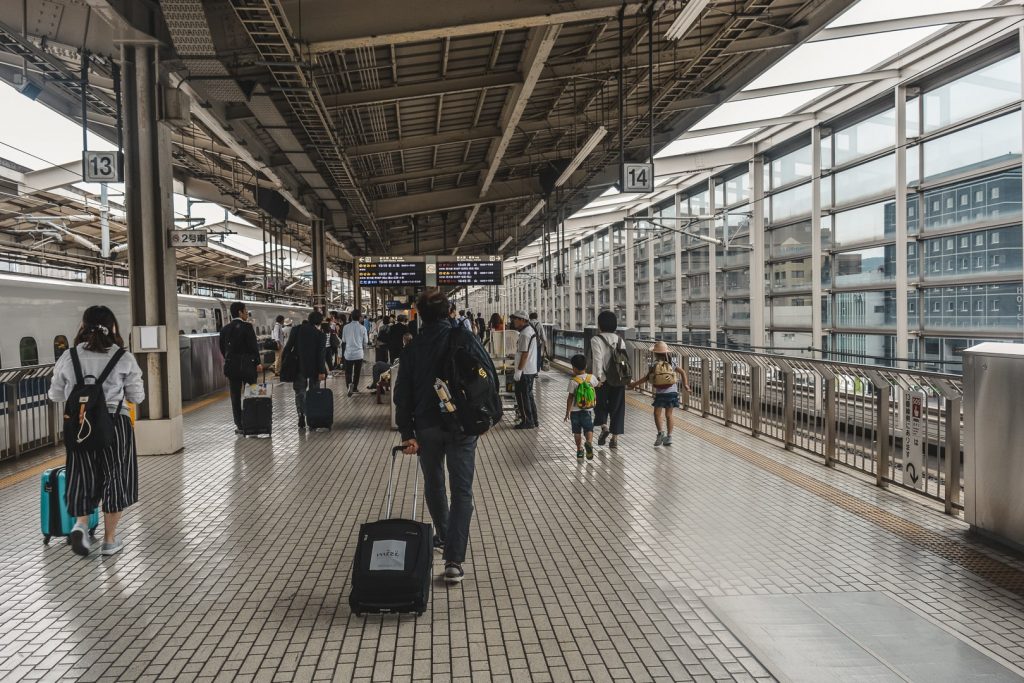
Maria and Rui blog at Two Find a Way.
The Cup Noodle Museum, Ikeda, near Osaka
When you’re in the birthplace of instant noodles you REALLY should stop by and find out all about them.
You can do that in Ikeda, near Osaka at the Cup Noodle Museum. It wasn’t just instant noodles that were invented here but also cup noodles.
To celebrate that fact, the museum takes you through the history of the noodle AND then lets you make your own. I kid you not. You can make your own packaging, and then choose your own flavour.
You even get to pull the handle that puts your noodles in your pot. Now if that isn’t cool, I don’t know what is! It costs 300 Yen, but you do get the whole experience and you get to take your noodles away and eat them for your dinner!
There are some seriously cool factory tours to do in Japan, but this has to be one of the best. A great way to learn about cool Japanese food and places to eat in Japan.
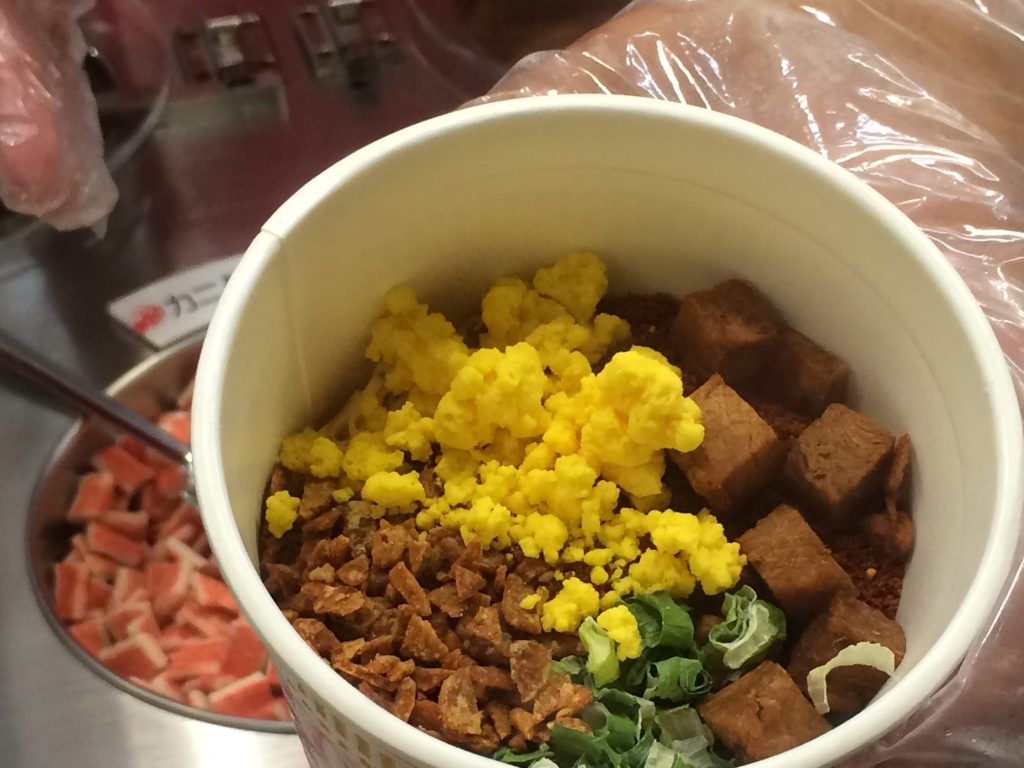
Sarah Carter blogs at ASocialNomad.
Machine-Ordered Ramen
If there’s one thing that’s obvious, it’s that Japan often does things a little differently than the rest of the world. Case in point: machine-ordered ramen.
Elsewhere in Asia, ordering a delicious bowl of noodle soup is usually as simple as pulling up a chair and pointing to a menu.
Many Japanese ramen joints though, presumably in a quest to make things as efficient as possible, add a layer of complexity (or ease, depending on your outlook) to the process.
As you enter one of these popular ramen restaurants (for example, Ichiran in the exciting Shibuya district), you’re immediately confronted with a machine lit up with a series of buttons, or, if you’re lucky, a touch-screen with English prompts.
Insert your money, choose your style of ramen, and wait for it to spit out your order ticket. (Be sure to make your choice quickly, lest an impatient line-up of hungry Tokyoites forms behind you!)
With your meal ticket in hand, all that’s left to do is to pass off your ticket to the chefs and wait for that umami-filled steaming bowl of deliciousness to arrive at your booth.
Once you’ve let the brilliant flavors hit your tongue, there will be no doubt that the experience of ordering ramen from a machine will have been well worth any confusion.
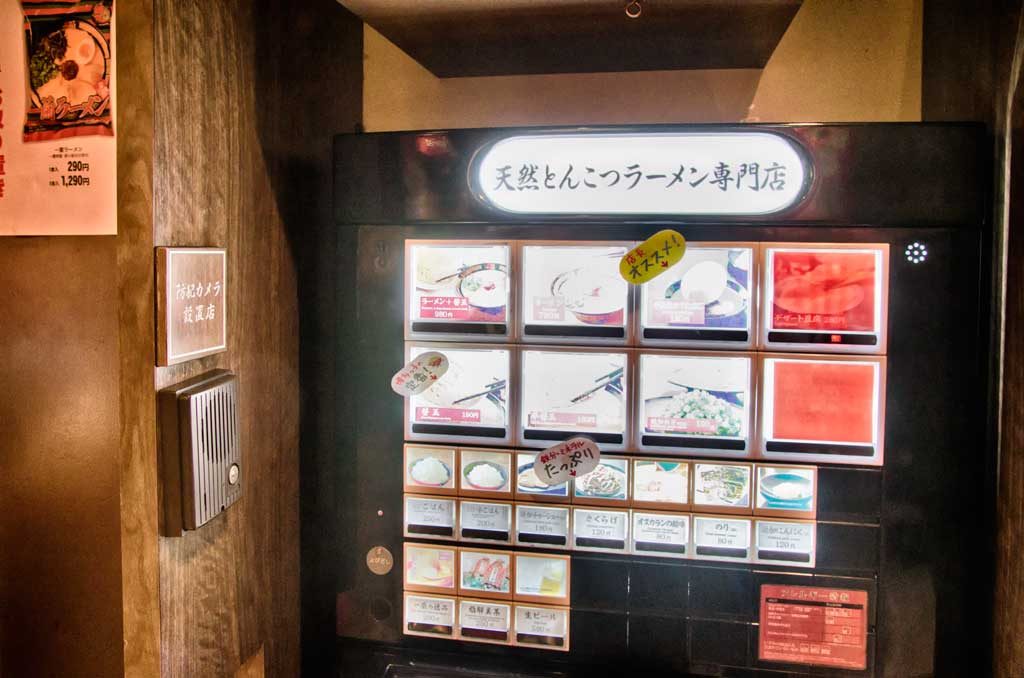
Ryan blogs at Treksplorer.
Japanese Toilets
Surely Japanese toilets are the last thing you think about as you plan your travel adventure to Japan, or even consider one of the cool things in Japan. But you better familiarize yourself.
Here is a place where your interaction with the local toilet can involve anything from acrobatic contortions to a high-tech misadventure with water hoses. The Japanese take their toilets very seriously.
It is in Japan where you find the gold standard of toilets. Some of the amenities include adjustable water temperature and pressure, separate posterior and front wash, adjustable air freshener and heated seats.
Many toilets have noisemakers designed to camouflage normal toilet noises. The noise can be anything from classical music to birdsong.
My take on this is that if you really want to disguise what you are doing in the bathroom, playing increasingly loud classical music from your toilet is not really going to fool anyone.
Accompanying the toilets is the most bizarre collection of signage I’ve ever seen.
Needless to say, a toilet of this high caliber will cost you. Prices on these high-end units range from the high $300s to over $5,000 and beyond.
So, are they worth it? If you ask people that have never been exposed to them, like most Westerners, they’ll say, “Are you kidding?! Of course not!”
But I asked Western expats living in Japan how they felt about these toilets. Every single person I asked said they loved them.
Some told me one of the biggest challenges of returning home was adjusting to life without the Japanese toilet. In fact, there is a popular refrain among the expat community in Japan that says, “once you spray the crack you never go back.”
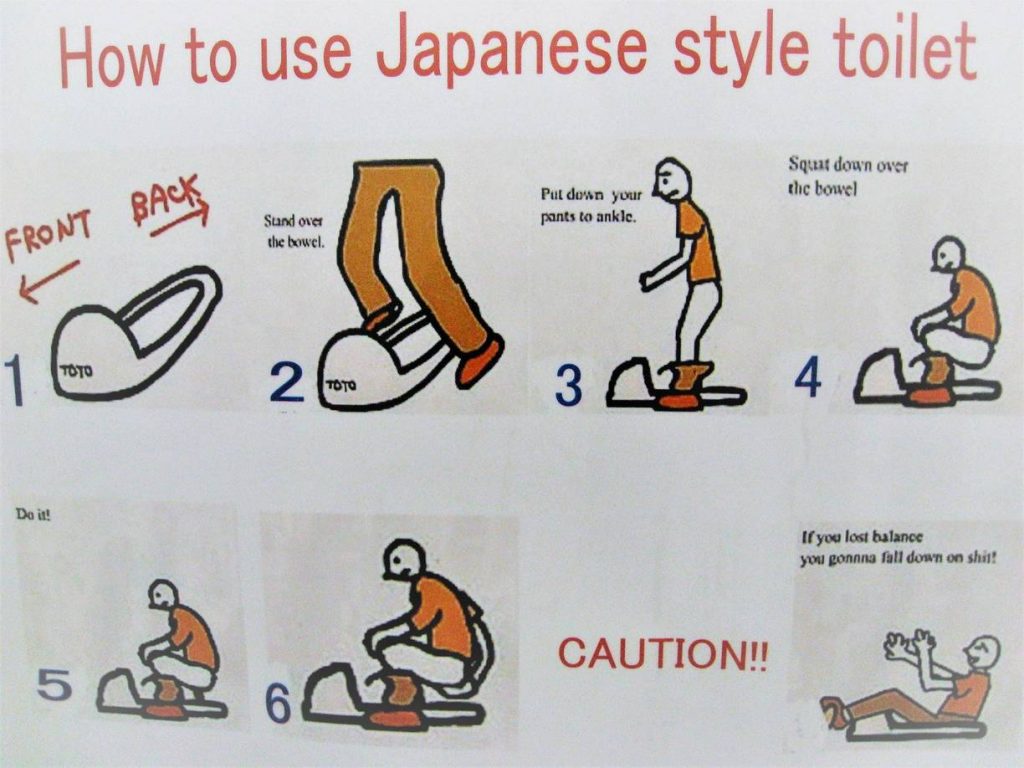
Talek blogs at Travels with Talek.
The Ocean Expo Park
If you are planning a trip to Japan, then it would well worth your time to island-hop over to Okinawa, specifically to the Motobu Peninsula that holds the Ocean Expo Park.
The Ocean Expo Park is not your everyday maritime playhouse.
This park stretches over three kilometers along the coast. It boasts museums, a traditional Okinawan village, beaches, and arboretums.
The park’s most popular attraction is the best aquarium in Japan, the Churaumi Aquarium.
Thousands of tourists flock to this museum every year to soak up the wonders of the underwater world. Outside, there are pools where dolphins perform and manatees swim in lazy circles.
Inside, people take hours to weave through the underground hallways. Brilliant colored fish and hidden sea monsters draw the stares of every age. Then it all leads to the main event, the Kuroshio Tank.
The Kuroshio Tank is one of the largest tanks in the world. It contains almost two million gallons of water to support a variety of species.
Hundreds of people can gather around this multi-story tank to see the endangered whale shark. These massive fish fill one’s entire view with their grace and beauty.
I stood there for over an hour just watching them swim around and around while manta rays wove in and out.
It took me two days to get my fill of this park, and I enjoyed every second marveling at the beauty of the world that this park so naturally encompasses.
So, if you feel like exploring a section of Japan unlike any other, then head over to the Ocean Expo Park.
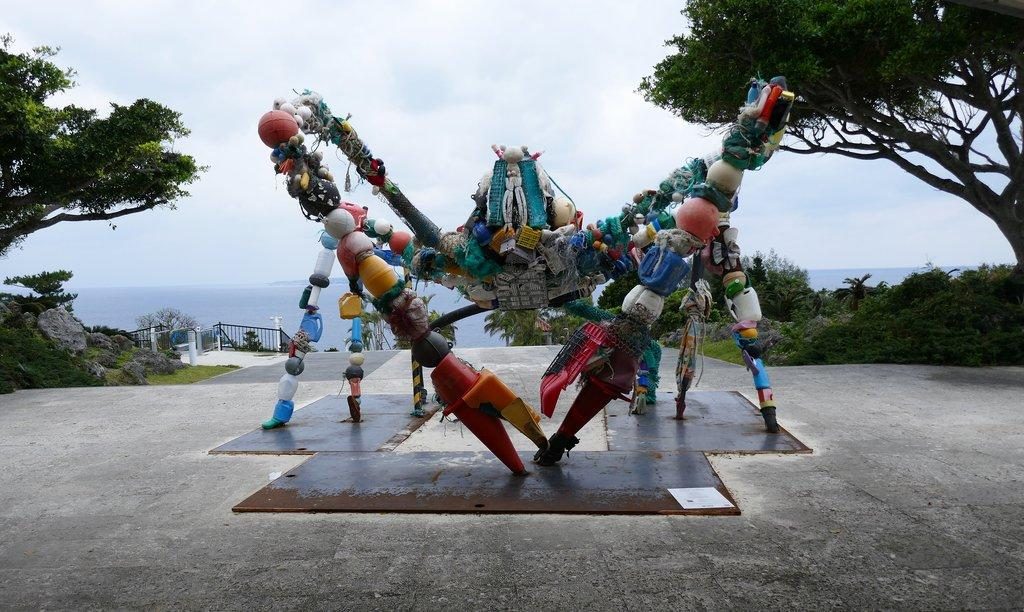
Chelsey blogs at The Ninja Gypsy.
Omiyage
Omiyage is a unique piece of Japanese culture. The giving of Omiyage, which means simply “souvenir,” is actually a deep and storied practice that goes much deeper.
If you bring home key-chains to those you know after a long trip, you might have a lot to learn about Omiyage!
The practice is rather detailed, with presents brought back from time spent abroad that are very carefully and beautifully wrapped, and very often edible.
Omiyage is more than just a gift or a souvenir, but rather a Japanese extension of the idea that when you travel somewhere, you can bring back a part of the foreign world with you for those you know and love.
Omiyage is also appropriate in nearly any travel situation. No matter if you’ve gone on a business trip, traveled for a weekend, or gone on an extended vacation, Omiyage is not only appreciated – it’s expected.
Very often Omiyage is an obvious representation of where you’ve traveled – large, colorful, and full of frills. It’s definitely one piece of Japanese culture that you can incorporate into your own travel!
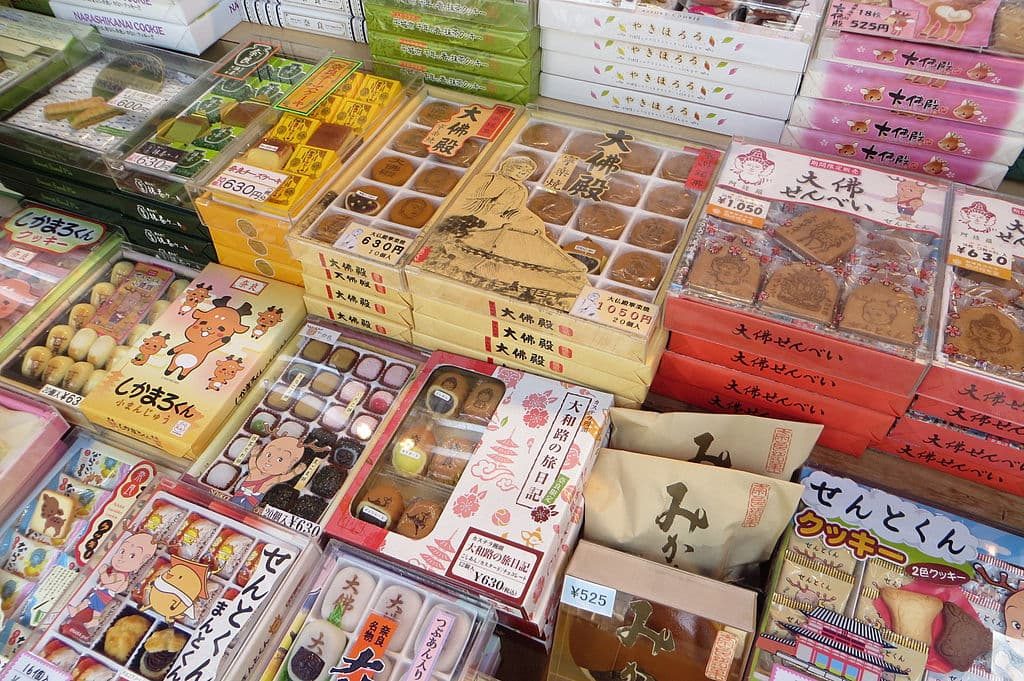
Justin and Tracy blog at A Couple for the Road.
Cherry Blossoms
Think of cherry blossoms and you think of one of the coolest things about Japan.
Tracking the blooming of the cherry blossoms – sakura in Japanese – becomes a national obsession in spring. The flowers are at their peak for about a week only, so taking advantage of them when they bloom is essential.
The best way to fully appreciate them is to do what the Japanese do – have a hanami (a ‘cherry blossom viewing party’).
People stake their claim under the trees early in the morning with bright blue tarps.
Colleagues, friends or family members arrive later and the fun begins. Wherever sakura trees are in bloom, you will find groups of Japanese eating sushi or obento (lunch boxes) and drinking sake.
Many famous hanami places, where there are lots of cherry trees, also have food stalls where you can buy sake or freshly cooked takoyaki (octopus balls) and other snacks.
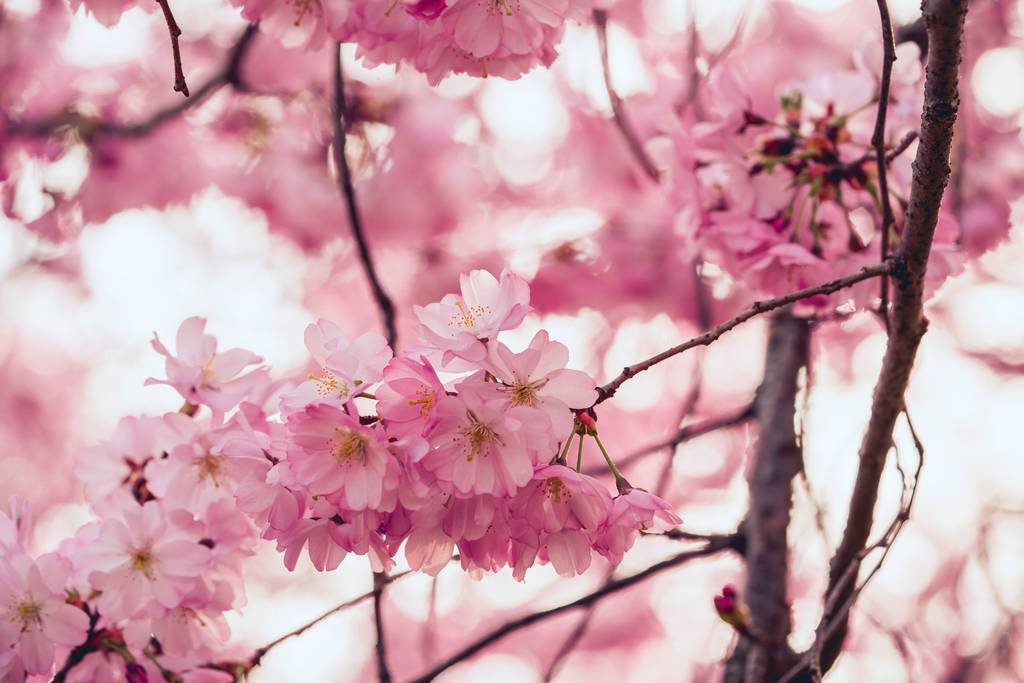
James blogs at Travel Collecting.
Honorable Mentions
Convenience stores
Walking inside a convenience store in Japan is like stumbling onto a treasure trove of delights.
They have everything from basics like toiletries and stationery to a wide range of snacks, beverages, and ready-to-eat meals. It’s a great place to grab a quick hot drink or indulge in some green tea-infused treats.
Whether you’re in the mood for a hot beverage or craving fresh pastries, you’re in for a treat. Convenience shops are also hubs of inventiveness.
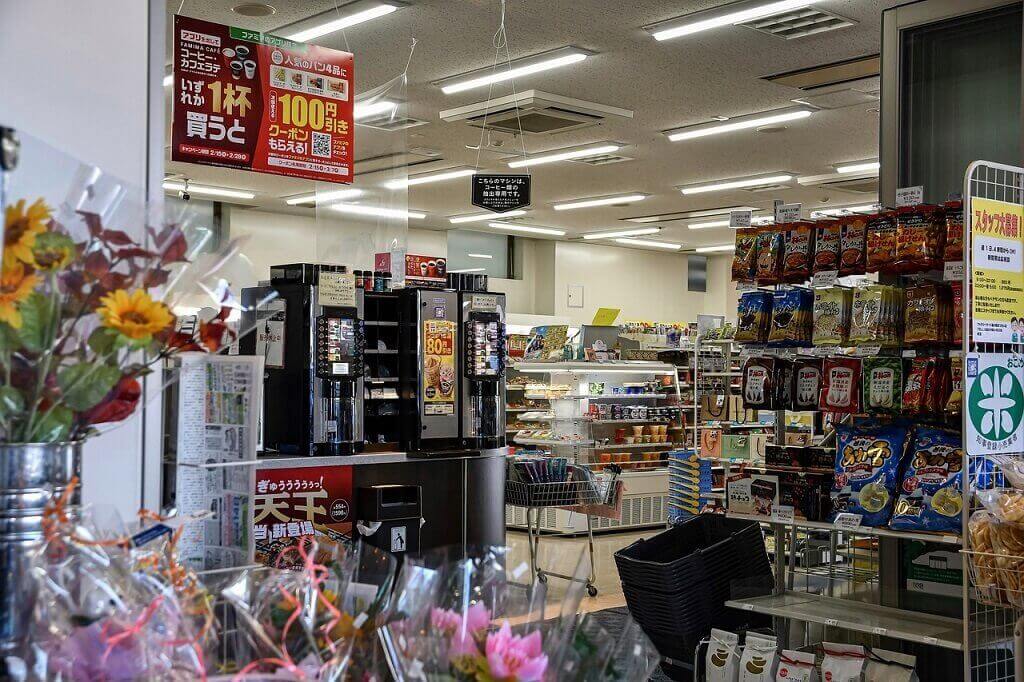
They have Japanese vending machines that distribute a variety of commodities, from beverages to shoe laces.
These are among the high-tech inventions made famous by Konbini (the Japanese pronunciation of “convenience” stores in recent years. Convenience shops play a part in important cultural events too.
During cherry blossom season, they become unique places for purchasing bento boxes and drinks for hanami, or flower viewing, parties conducted beneath the magnificent cherry blossom trees.
These gatherings celebrate both Japanese culture and the stunning beauty of nature.
Dontonbori in Osaka
You’ll be captivated by the vibrant interaction of colors and neon as you stroll the river banks of Osaka.
The city has an exuberant personality.Exploring the culinary wonders that line the bustling alleys of Dotonbori will place food enthusiasts in a culinary paradise. Don’t miss the Glico Running Man, an advertising symbol that, for some reason people photograph themselves imitating the running man’s stance.
Dotonbori is home to a wide range of stores that can satisfy any fancy for those looking for retail therapy. Explore the newest fashion trends at shops or get lost in the technical paradise of technology stores.
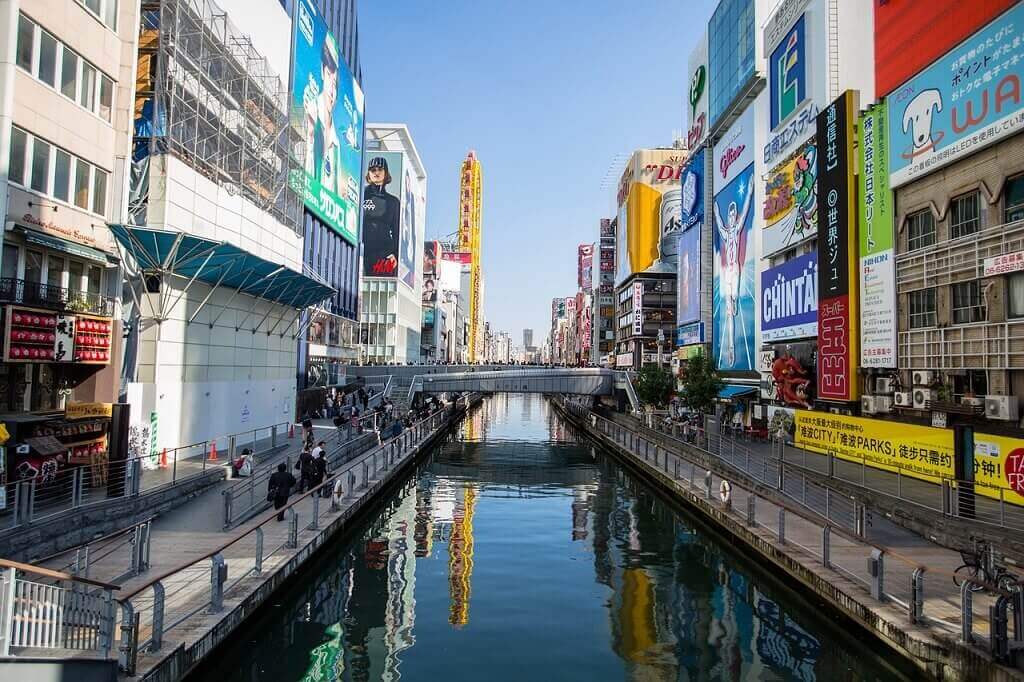
For a unique experience, check out the sushi train restaurant, where you can enjoy delectable sushi while watching it whiz by.
Dotonbori transforms into a nighttime playground as the sun sets, and theaters, clubs, and pubs all offer their own distinctive brand of entertainment. Immerse yourself in the city’s pulsating beat and urban excitement.
Unwind after a long day at the hot springs located conveniently near the area. Dotonbori is more than just a location; it’s an unforgettable encounter. A kaleidoscope of sights, sounds, and tastes that come together.
So, make sure to add it to your Japan bucket list and discover some of the best things that this vibrant city has to offer.
Universal Studios Tokyo
Universal Studios Japan is a popular destination of wonder and amazement that invites you to take an amazing trip via joyful and imaginatively stimulating enchanting settings.
A trip to The Wizarding World of Harry Potter is one of the best things for movie fans wanting an adrenaline boost.
Walk through Hogsmeade, taste butterbeer, and experience the heart-pounding adventure of the Forbidden Journey as you step into the pages of J.K. Rowling’s masterpiece.
Go directly to Hollywood Boulevard if you’re itching for a taste of Hollywood glitz. You’ll feel like a movie star walking down the red carpet surrounded by sparkling lights and bright energy.
Take a spin on the hilarious Despicable Me Minion Mayhem ride and join the cheeky Minions on their antics. If you’re a fan of video games, this ride will make you feel right at home.
At the fascinating WaterWorld, go back in time to ancient Japan and witness the impressive WaterWorld performance set against the backdrop of a serene Japanese garden.
You will be in awe of this breathtaking live performance, which includes mind-blowing stunts and intense action.
Last but not least, don’t pass up the chance to see Jurassic Park, where extinct animals come to life amidst a stunning Japanese garden at the imposing Jurassic World: The Ride.
Ski Resorts
Picture yourself unwinding in natural hot springs, surrounded by snow-draped trees, while an air of serenity envelops you after an exhilarating day on the slopes.
Imagine a sensory tapestry of tradition and tranquility seamlessly woven together.Navigate the slopes of the Hakuba Ski Resort near Nagano, during cherry blossom season in spring.
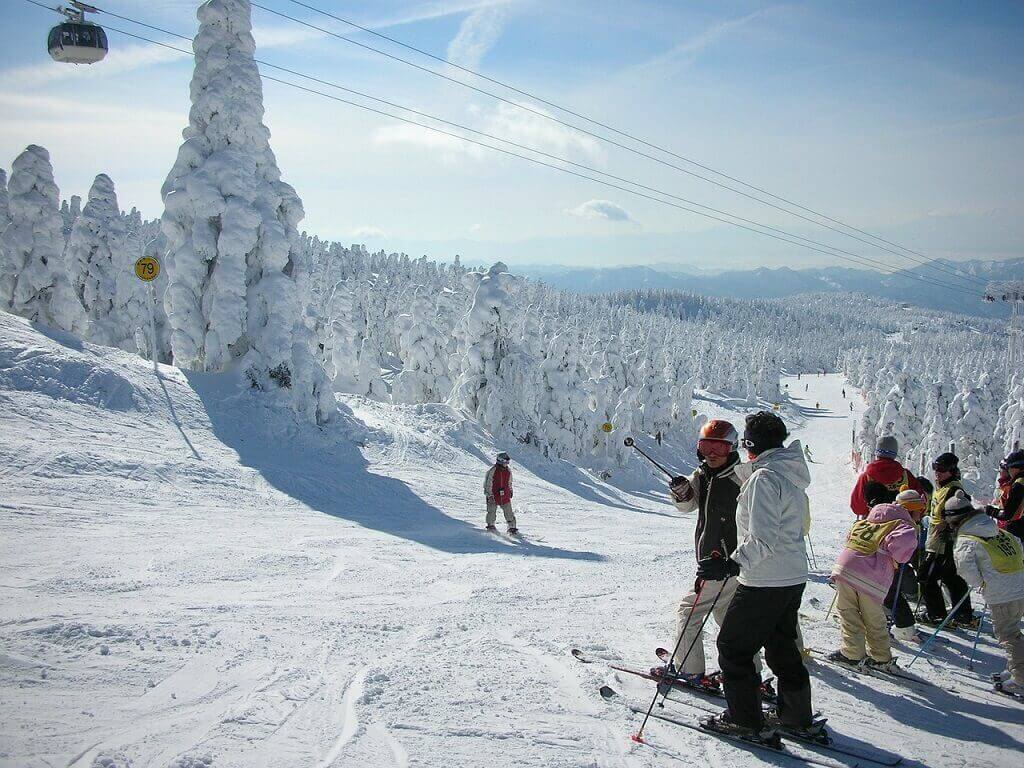
You’ll see the cherry blossoms in full flourish with the snow-capped mountains as a backdrop. The expansive, interconnected ski haven of Shiga Kogen also near Nagano beckons with its multitude of ski resorts.
Shiga Kogen caters to all skill levels, from daredevil descents for thrill-seekers to gentle slopes tailored for novices stepping onto the snow for the first time.
Whether you’re a seasoned skier or a neophyte to the slopes, Japan’s ski resorts effortlessly blend exhilaration and repose. The ski resorts deserve a spot on your Japanese experience checklist.
Tea Ceremony
Japan’s rich cultural heritage is embellished with countless traditions like the traditional tea ceremony, or ‘chanoyu’.
Beyond the busy modern cities and neon lights, this ancient Japanese culture practice offers a peaceful retreat into a world of grace and mindfulness.
For tea lovers and curious travelers alike, Japan offers a host of enchanting places to indulge in this tranquil ritual.Kyoto, with its elegant temples and serene Japanese gardens offers an ideal opportunity for the perfect tea ceremony experience.
With an aura of timeless charm, the historic teahouses of the Gion district invite visitors to sip matcha tea amid cherry blossoms and traditional kimonos.
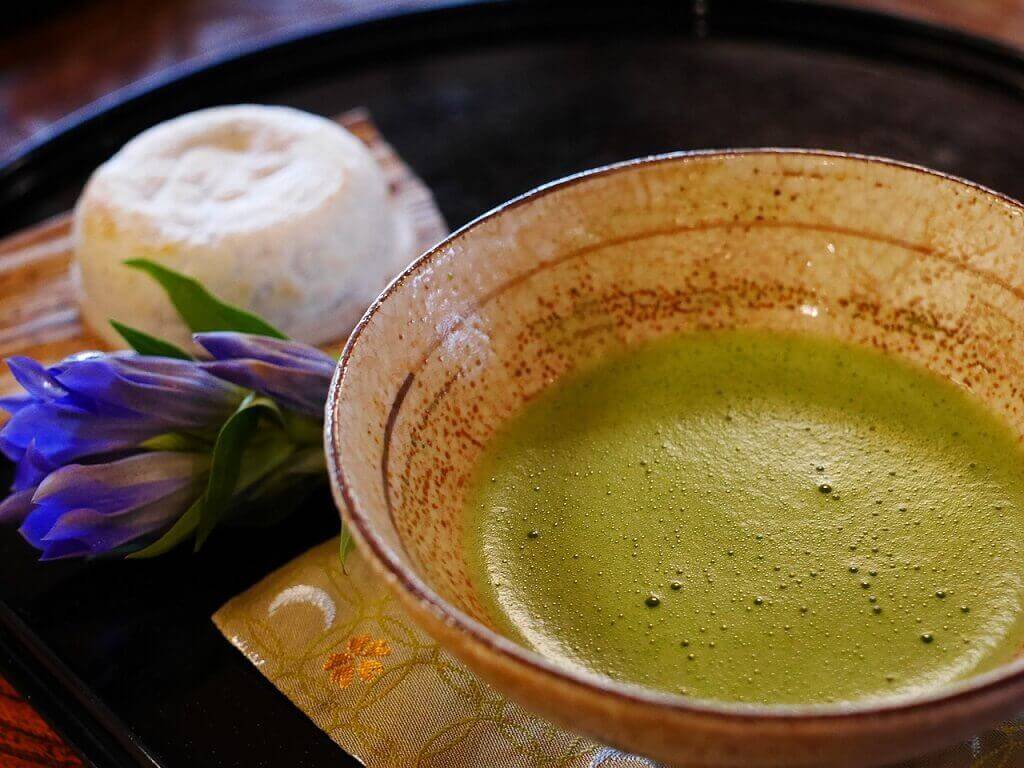
Take a trip to Uji, the birthplace of matcha, where the lush landscape includes centuries-old tea plantations. Here you can participate in a ceremony overlooking the picturesque Uji River, surrounded by nature.Modern meets tradition in Tokyo, offering contemporary interpretations of the tea ceremony.
Places like Happo-en and Higashiya Ginza combine minimalist aesthetics with the art of tea, creating a Japanese experience that is both intriguing and thought-provoking.
For a unique change, head to Kanazawa, where the famous Kenroku-en Garden hosts outdoor tea ceremonies amid a mesmerizing landscape of ponds, bridges, and seasonal flowers.
Each of these exquisite locations offers the opportunity to delve into the deep essence of the tea ceremony and foster a connection between mind, body and nature that is sure to impress.
Japanese tea ceremonies offer a view of the past and appreciation of the present.
Ancient Shinto Temples
Ancient Shinto temples in Japan’s countryside, including Shinto shrines and Buddhist temples, beckon visitors on a journey through time and spirituality.
They are evidence of the ancient culture and loved by the Japanese people. Pass beneath the majestic torii gates, their vermilion colours standing out against the serene surroundings of nature.
Meander along the cobblestone paths and explore the histories carved into each stone and building.
The Fushimi Inari Taisha in Kyoto is one such magical place, offering a glimpse of the Japanese countryside. Here, a unique route winding up the slope is lined with thousands of vibrant torii gates.
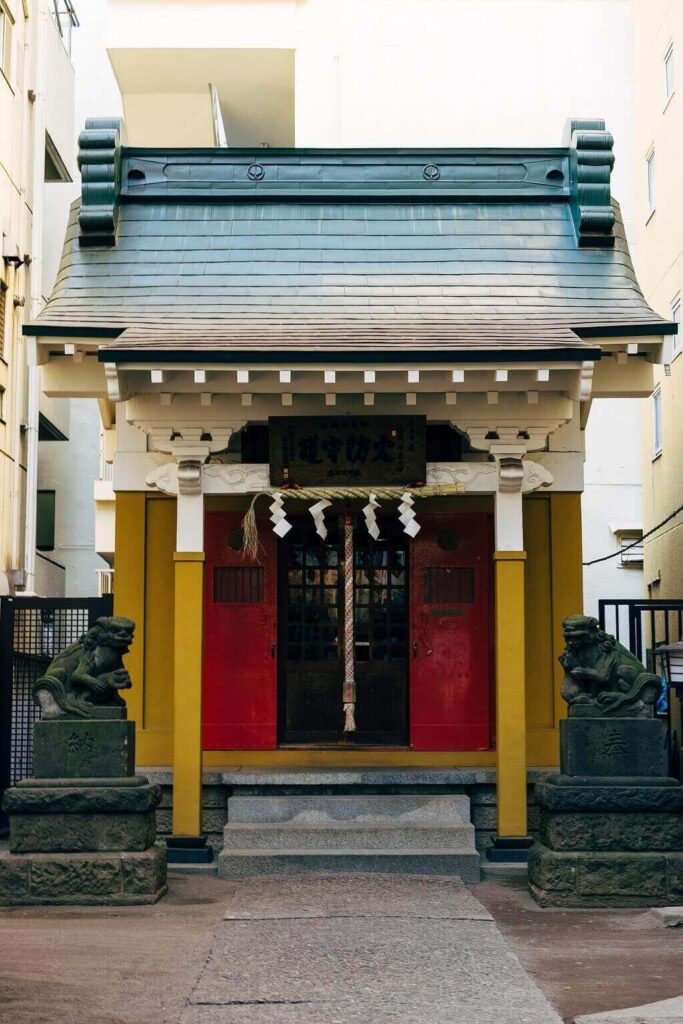
The Toshogu Shrine in Nikko is also a marvel, a national treasure, a symphony of fine sculptures and vivid colors.Visit Ise Jingu, the most important Shinto temple in Japan with a local guide for a more complete experience.
Here, the trip is just as magical as the destination. The beautiful woodlands heighten the sense of awe. A perfect blend of nature and Japanese culture.
These historic Shinto shrines provide both a window into Japan’s spiritual past and a doorway to its breathtaking natural beauty.
Learn about Japan and its history by visiting these remarkable locations. It is a unique way to explore the Japanese experience.
Bamboo Forests
The Bamboo Forest, Arashiyama or Sagano Bamboo Forest in Kyoto is a 6 square mile area of dense bamboo. There are several walking paths for tourists and visitors to stroll.
In the spring a little train goes through the Sagano Bamboo Forest to see the cherry blossoms. In the fall, the area bursts into the dramatic colors of fall foliage. The woodland changes into a new world once the sun sets.
The tranquility of the Bamboo Forest is in sharp contrast to the gentle glow of neon lights in the adjacent cities.
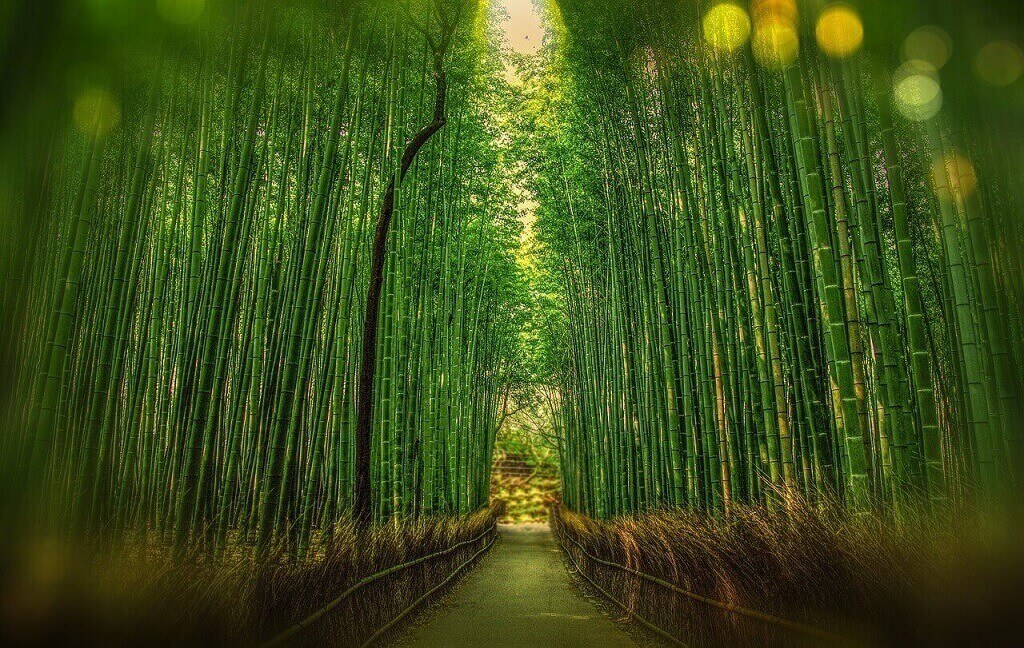
Sushi Train Restaurants
These restaurants are ideal if you’re craving a delicious sushi feast with a touch of authentic Japanese charm.
A tantalizing variety of flavors is waiting at Sushi Train locations, pleasing every pallet. There are many options, ranging from traditional favorites like nigiri and maki to creative fusion rolls.
Enjoy melt-in-your-mouth tuna, salmon, and yellowtail, or go on a gourmet adventure with dishes like eel and avocado rolls or enticing shrimp tempura covered in a savory sauce.
Regardless of whether you’re a seasoned traveler or a newcomer to Japan, a visit to a sushi train eatery is an absolute essential.
So, the next time your journey leads you to the enchanting shores of Japan, make it a point to savor a slice of sushi train paradise.
It’s not just a culinary escapade; it’s an expedition into the heart of Japan, an enchanting voyage through flavors that delight on your taste buds.
*****
Here are good guides to travel to Japan:
What was your favorite in this list of 35 cool things to do and see in Japan? Tell us in the comments!
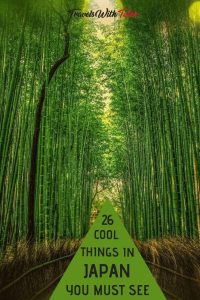
I’ve had some wonderful experiences in Japan. Some of my favorites include a Japanese temple stay, a stay at a Japanese ryokan onsen (thermal bath) and my absolute favorite, a night tour of a Okunoin, the 1,200 year old cemetery.

BTW, if you are getting ready for your trip, make sure to take advantage of these useful, money-saving links to book your trip:
- Research and book your flight with Skyscanner. I have found them to be the best because they list all airlines including the budget ones. You are always sure of having researched all options.
- For car rental around the world, Discover Cars has flexible pickup and drop-off options, I recommend Discover Cars.
- Book your accommodation with Booking.com. I find they have a wide selection and a nice, user-friendly, transparent website.
- Protect your trip and, more importantly, protect yourself with travel insurance. I use Travelinsurance.com and have been very happy with them.
- Looking for a small group tour to unforgettable destinations with top professionals? Intrepid Travel is your choice.
- For more general tours to any destination or attraction, book with Viator. Check them out.
- Need a visa? Get your visa for all countries with Passport Visa Express.
- Looking for a cool walking tour to explore a city? My favorite walking tours are offered by Take Walks.
- Food and drink tours are the best way to enjoy a city. And Devour Tours are my favorite.
- Looking for a good VPN to protect your security, privacy and freedom online while traveling? Nordvpn is your best option.
- The best and most economical way to stay connected while traveling is with an Airalo eSIM.
I personally use, and can recommend, all the companies listed here and elsewhere on my blog. By booking through these sites, the small commission we earn – at no cost to you – helps us maintain this site so we can continue to offer our readers valuable travel tips and advice.




















21 Responses
Fantastically comprehensive, great post, and lovely to contribute!
Thanks. This post really makes you want to go to Japan. Thanks for commenting
Thank you so much for your posting. It’s useful information. Keep up work
Truly It was incredible the way you have explained all these things, it is beneficial for each every one of us. Actually I came across your article and found it very useful. Thank you for letting us know.
I am going to follow your article on my next trip to Japan.
Thank you. I’m glad you found it useful.
I really liked reading your post! Very high quality content and useful information. With such a valuable blog I believe you deserve to be ranking even higher in the search engines.
Thank you for reading and commenting. Japan is really an amazing place.
I’m planning to go to japan these days, I have heard that they are very respectful, thanks for your informative article!!!
You will love Japan. Beautiful country with amazing culture. Enjoy and thank you for commenting!
Hello Talek! I really thank you for this post. I really love it and I enjoyed reading this post.
I have friends in Japan and I will visit them soon.
Glad you found it useful. Wait until this virus is over before traveling. Stay safe and healthy! Thank you for commenting.
Nice blog Thank you so much
Thank you for reading it and for your kind words. Glad you enjoyed it.
It is a great information about Japan – The country i love to visit one day.
It’s an amazing place. I believe you will love it. Thank you for reading and commenting.
Hi Talek!!!! Hope you doing great during this pandemic. Thank you so much for this article. Waiting for the next travels posts.
Thank you. So glad you enjoyed it.
Thanks for this post it is really superb and amazing post it is very informative post. I like your content. They are really interesting article read.
Thanks! Japan really is a wonderful country.
Great post! Thank you so much for sharing it. This article is really amazing, thank you for sharing helpful article. very interesting and amazing details you provide. Excellent Explanation with Wonderful Images.
I’m so glad you liked this post. Japan is really a wonderful place. Thank you so much for reading and your comments.